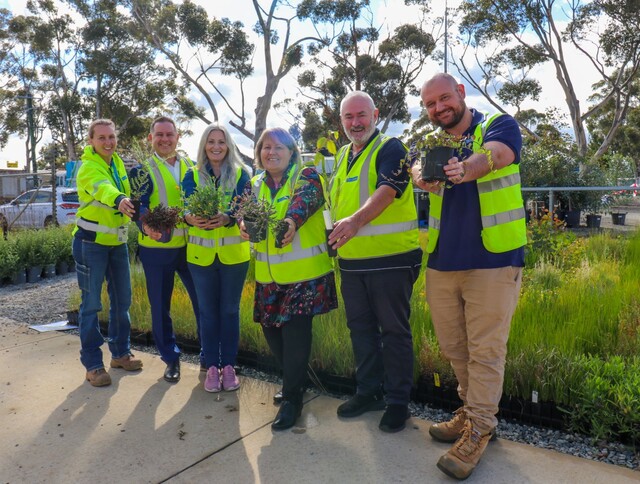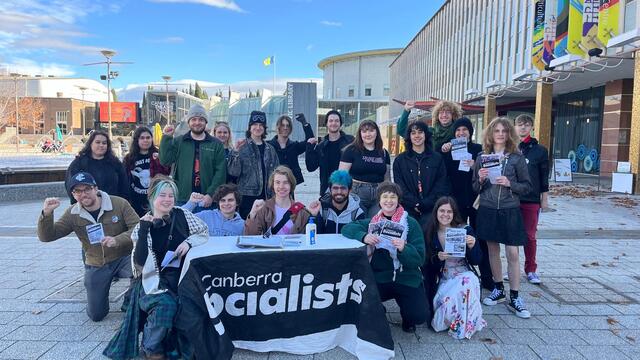The UK Experience by Malcolm Morley*
Many Council areas are suffering from an acute shortage of affordable housing for their local residents. This is being caused by a shortage of housing and a shortage of land on which to build housing. This is leading to a buoyant housing market pricing local people out of the market and an ever escalating price of land.
The average price of a house in England is £184,924 with the average price for a detached house being £285,697, for a semi-detached house £170,650, a terraced house being £143,512 and for a flat £174,052. The most expensive area in England is Windsor and Maidenhead where the average price for a house is £339,180. These average prices mean that people on low incomes have very little chance to own their own homes. In rural areas particularly, local people are having to leave their villages because there is a limited supply of housing and the price of housing is unaffordable.
The granting of planning consent for the development of new housing is a key event that has a major impact on the supply and affordability of housing. Currently new developments of housing have to contribute to the infrastructure required to support that new housing.
Nothing is currently done, however, to capture any of the value created through the granting of planning consent. The value created through the grant of planning consent can be illustrated by reference to the value of land per hectare by land use type. In England mixed agricultural land costs £9,287 per hectare whereas for residential development it costs £2,460,000 per hectare. An increase of £2,450,713! This increase in value goes to the owner of the land and is built into the cost of developing housing. It is little wonder that the price of housing is high.
The Central Government has recognised that this needs to be addressed and is proposing to introduce a Planning Gain Supplement (PGS). The PGS will be levied to achieve the following objectives:
- to finance additional investment in local and strategic infrastructure
- to help local communities to share the benefits of growth and to manage its impacts
- to provide a fairer, more efficient and more transparent means of capturing a modest proportion of land value uplift
- to create a flexible value capture system that responds to market conditions.
Councils are still awaiting details of how the PGS will work in practice. Currently it is proposed that the PGS will be collected nationally, top sliced for national/regional schemes and then the balance given to Councils for local schemes.
The implications of proposals for the point of collection of PGS, the distribution methodology for what is collected and the timing of that distribution on the timing and extent of infrastructure provision and the impact on affordability within the marketplace are still not clear. Similarly, recognising that landowners and developers have an economic rationale for development the impact of PGS on their willingness to sell land and to develop it is also not yet clear.
*Malcolm Morley is Chief Executive of Harlow District Council and can be contacted via the Editor, email info@lgfocus.com.au
The views expressed in this article are not necessarily those of his employer.







